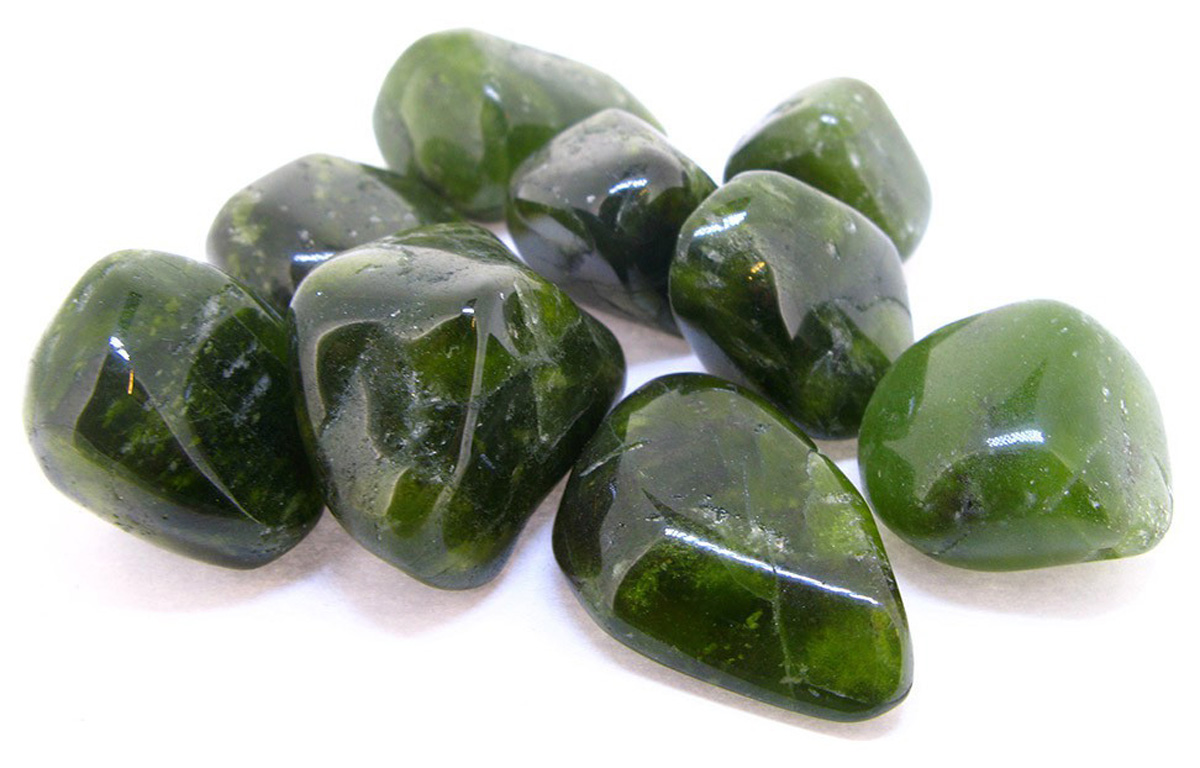
PHYSICAL PROPERTIES
- GROUP Silicates - sorosilicates
- COMPOSITION Ca10(Mg, Fe)2Al4(Sio4)5(If2or7)2(OH, F)4
- COLOR Green, yellow
- CRYSTALLINE SYSTEMTetragonal or monoclinic
- CRYSTALLINE HABIT Prismatic
- HARDNESS 6.5
- FRACTURE Subconchoidal to uneven, brittle
- EXFOLIATION Bad
- SHINE Vitreous to resinous
- RAYAWhite to light greenish brown
- TRANSPARENCY From transparent to translucent
- SPECIFIC WEIGHT 3.4
- REFRACTIVE INDEX 1.70 - 1.75
MINERALOGICAL CHARACTERISTICS
The vesubianite is formed by the contact metamorphism of limestone with impurities typical of these environments, in alpine cracks or in magmatic masses. Its crystals are usually long prismatic and vitreous with a pyramidal tip, en masse or columnar. The most common colors are green or greenish yellow, although they can also be found in brown, red, black, bluish or violet, depending on the elements that replace the original structure.
Vesubianite , also called vesubian or idocrase, owes its name to Mount Vesuvius, in Italy, where it was discovered. The old name idocrasa comes from the Greek "eidos" (aspect) and "krasis" (mixture).
Deposits: United States, Russia, Brazil, Mexico, Kenya, Switzerland, Sri Lanka and Canada.
THERAPEUTIC PROPERTIES
The vesubianite is considered a cleansing and transmuting stone. Provides mental clarity and helps overcome negative thought patterns. It favors the release and overcoming of old memories and traumas, promoting inner security. It is said to have a gentle and compassionate energy.
Vesubianite also stimulates sincerity and creativity. It helps to take responsibility for oneself and brings stability. At a curative level, it is said to be beneficial for the assimilation of nutrients and that it favors tooth enamel.


